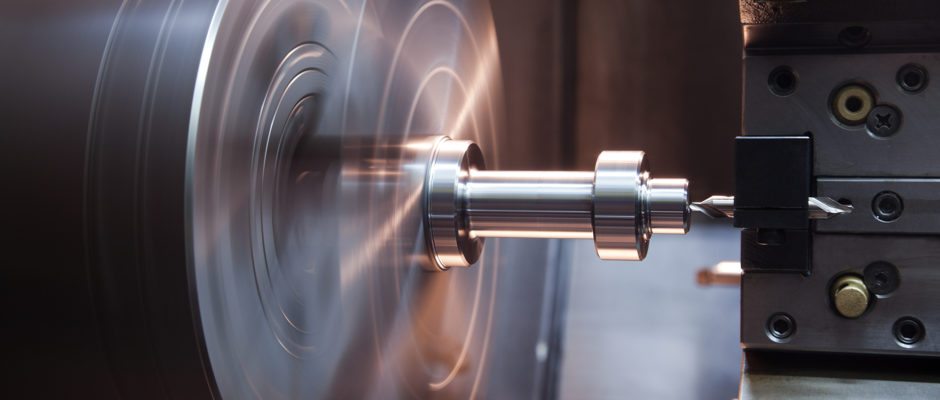What is Rotomolding and What are the Steps Involved?
Rotomolding is a process that can also be termed as rotational casting and rotational molding. This process transforms the process for producing small, medium and huge hollow components which are of high quality and mechanical strength. This method has revolutionized a lot in the recent years which let the industries produce highly complex items with a lower cost when compared to other techniques like blowing and injection as it needs less investment in equipment and mold. When it comes to rotomolding process at http://fibertechinc.net/, you can make materials from different materials like polypropylene, polyethylene, nylon, and nylon etc.
Steps involved in Rotomolding
- Loading
Here, the mold is added in a predetermined amount of material
- Heating
Then, the molds are rotated in a biaxial way in the heated oven so that the material is well distributed and melted in the internal surface of the mold.
- Cooling
When still in rotation, the molds are then removed from the oven and placed in the cooling station. The heat is removed from the molds which is done by the ambient air, by enforced air or aided with mist or sprinkling water.

- Demolding
After the parts are being solidified or cooled in the expected time, the rotary movements are halted and the molds are opened so that they can be removed.
Advantages of rotomolding
Here are the advantages of rotomolding as compared to other methods:
- You don’t need to apply any kind of pressure on the plastic material in order to mold it. This usually takes place because of gravity. The remaining process may need a lot of pressure and shear force to be made.
- The mold production costs are low as there is no involvement of high molding pressures.
- Due to the absence of microstructural issues caused by shear and non-uniform cooling like unfavorable molecular orientations, internal residual, and weld lines make the rotomolded items more tolerant of blows and injections.
- It also ensures an even and controllable distribution of molded wall thickness and the major changes of thickness in injected parts are simply not possible with no alterations or creation of the new mold, while this can be achieved by changing the amount of material loaded in the mold. The blown and thermoformed products may have to undergo the process of thinning.

- No burrs or features of the blowing and injection process need any kind of reprocessing costs.
- Many parts of the same product can be made in a single machine that makes it more efficient and budget friendly.


Comments are closed.